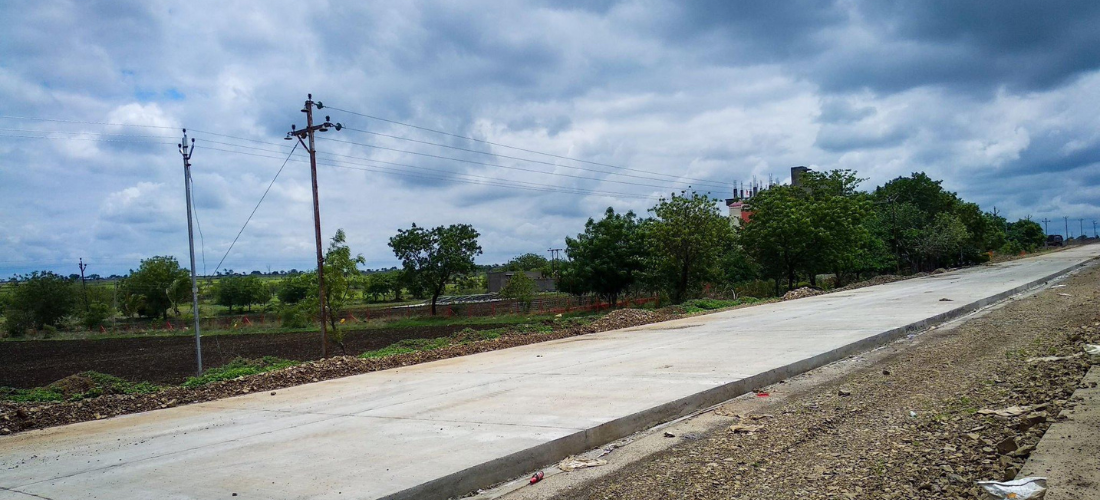Road resurfacing is a vital aspect of maintaining safe and reliable transportation infrastructure. Over time, roads undergo wear and tear, necessitating efficient rehabilitation methods. Thanks to technological advancements, road resurfacing machines have become crucial tools in achieving efficient and long-lasting road resurfacing projects. In this comprehensive guide, we will explore the innovations, benefits, and applications of road resurfacing machines.
What are Road Resurfacing Machines?
Road resurfacing machines are specialized equipment designed for the efficient removal of old or damaged road surfaces and the application of new pavement layers. These machines incorporate advanced features and functionalities that enable precise and high-quality road resurfacing.
Innovations in Road Resurfacing Machines:
a. Milling Technology: One significant innovation in road resurfacing machines is advanced milling technology. Milling machines equipped with cutting-edge milling drums and cutting tools can efficiently remove old pavement layers, including asphalt and concrete, to create a smooth and even surface for resurfacing.
b. Recycling Capabilities: Some road resurfacing machines now offer recycling capabilities, allowing for the reuse of the removed materials. This not only reduces waste but also contributes to cost savings and environmental sustainability.
c. Paving Technology: Modern road resurfacing machines incorporate innovative paving technology that ensures accurate and uniform application of new pavement materials. These machines feature automated controls and sensors that adjust the thickness and temperature of the asphalt or concrete layer, resulting in a consistent and high-quality road surface.
d. GPS and Digital Mapping: Integrating GPS and digital mapping systems into road resurfacing machines enables precise and efficient road resurfacing. These technologies assist in accurately tracking the machine’s location, monitoring the progress of the resurfacing project, and optimizing the distribution of materials.
Benefits of Road Resurfacing Machines:
a. Efficiency: Road resurfacing machines streamline the road rehabilitation process, significantly reducing time and labor requirements. With their advanced capabilities, these machines can efficiently remove old pavement layers and apply new materials, enabling faster project completion and minimizing disruptions to traffic.
b. Cost Savings: The advancements in road resurfacing machines contribute to cost savings in several ways. They improve the efficiency of the resurfacing process, reducing labor and equipment costs. Additionally, the recycling capabilities of some machines allow for the reuse of materials, further reducing project expenses.
c. Quality and Durability: Road resurfacing machines ensure the application of high-quality and durable pavement layers. The precision and uniformity achieved through advanced milling and paving technologies result in smooth and even road surfaces, enhancing ride quality and extending the lifespan of the road.
Applications of Road Resurfacing Machines:
Road resurfacing machines find applications in various road rehabilitation projects. They are commonly used for resurfacing highways, arterial roads, residential streets, and parking lots. Road resurfacing machines can handle different types of surfaces, including asphalt and concrete, making them versatile for a wide range of road resurfacing needs.
Expertise and Training:
Operating road resurfacing machines requires expertise and proper training. Skilled operators are essential for maximizing the capabilities of these machines and ensuring optimal results. They are trained to operate the machines safely, adjust the parameters for milling and paving, and troubleshoot any issues that may arise during the resurfacing process.

